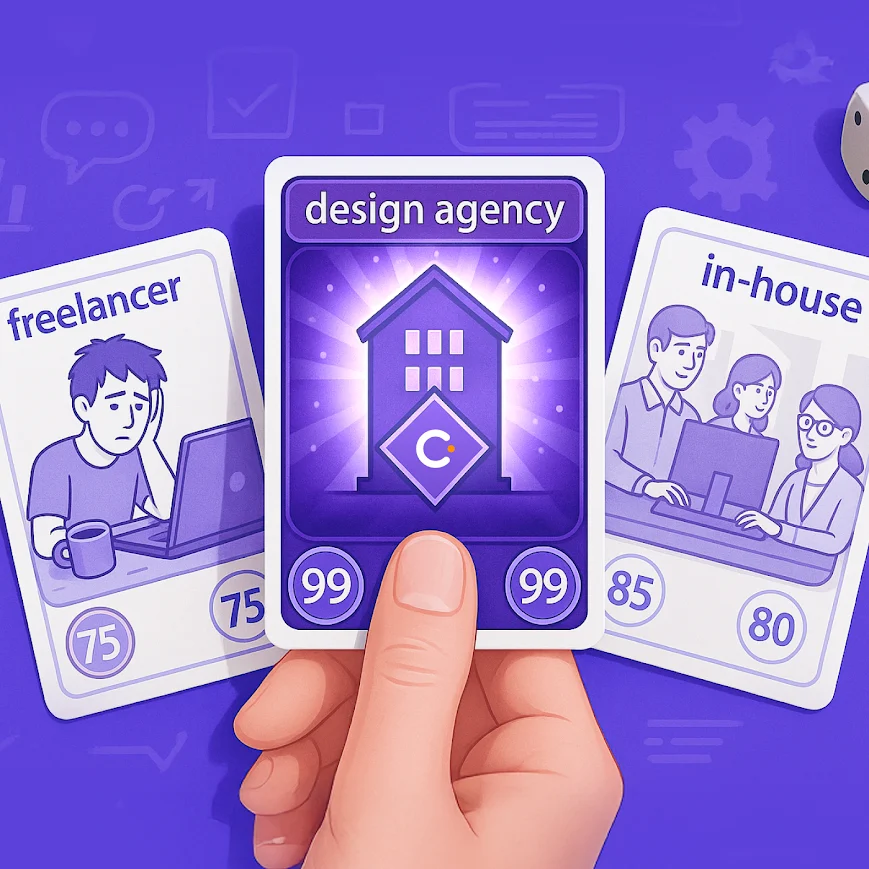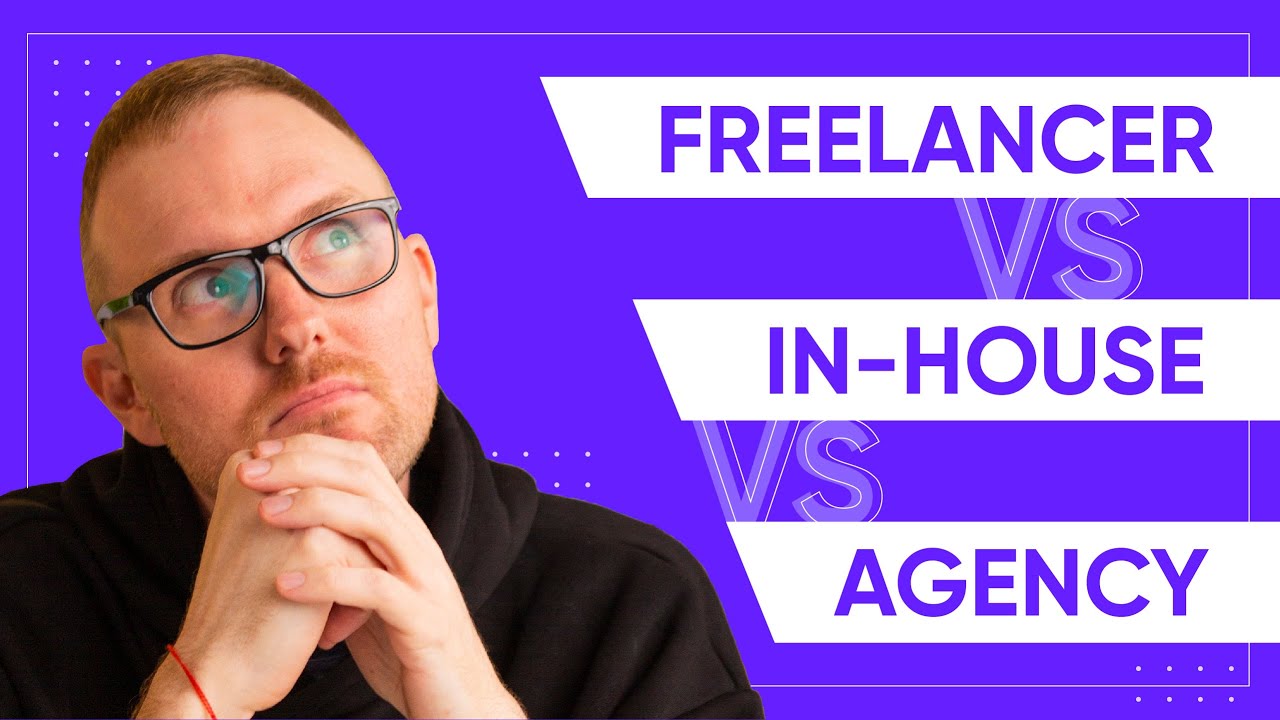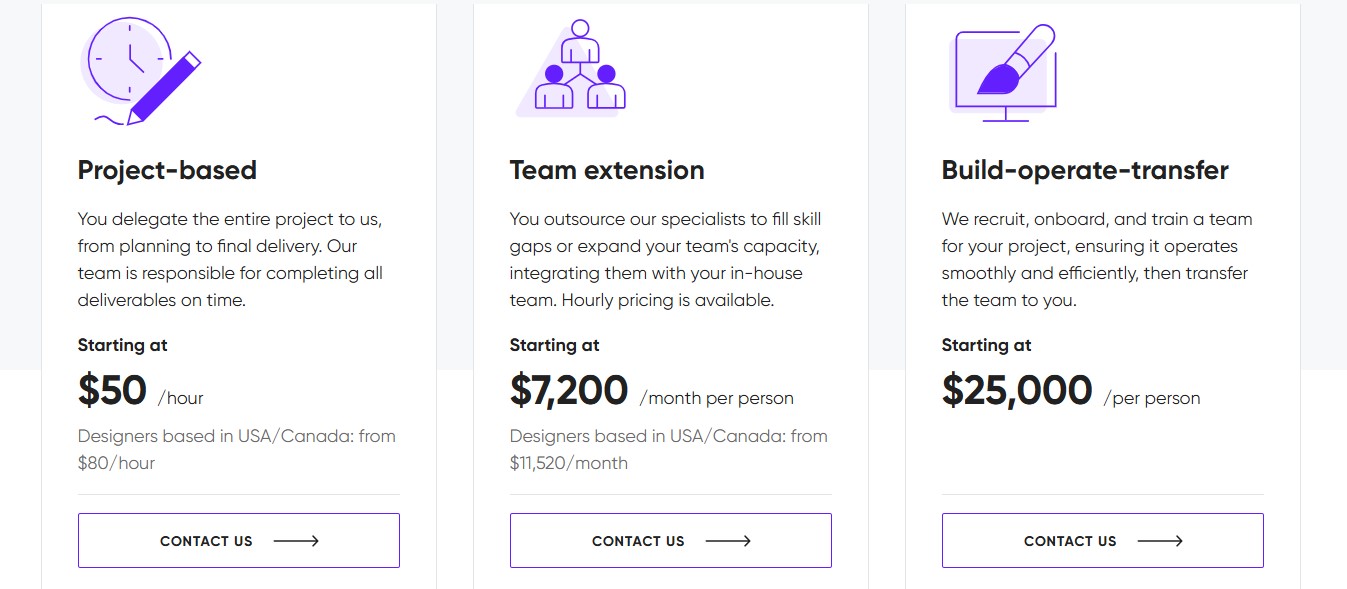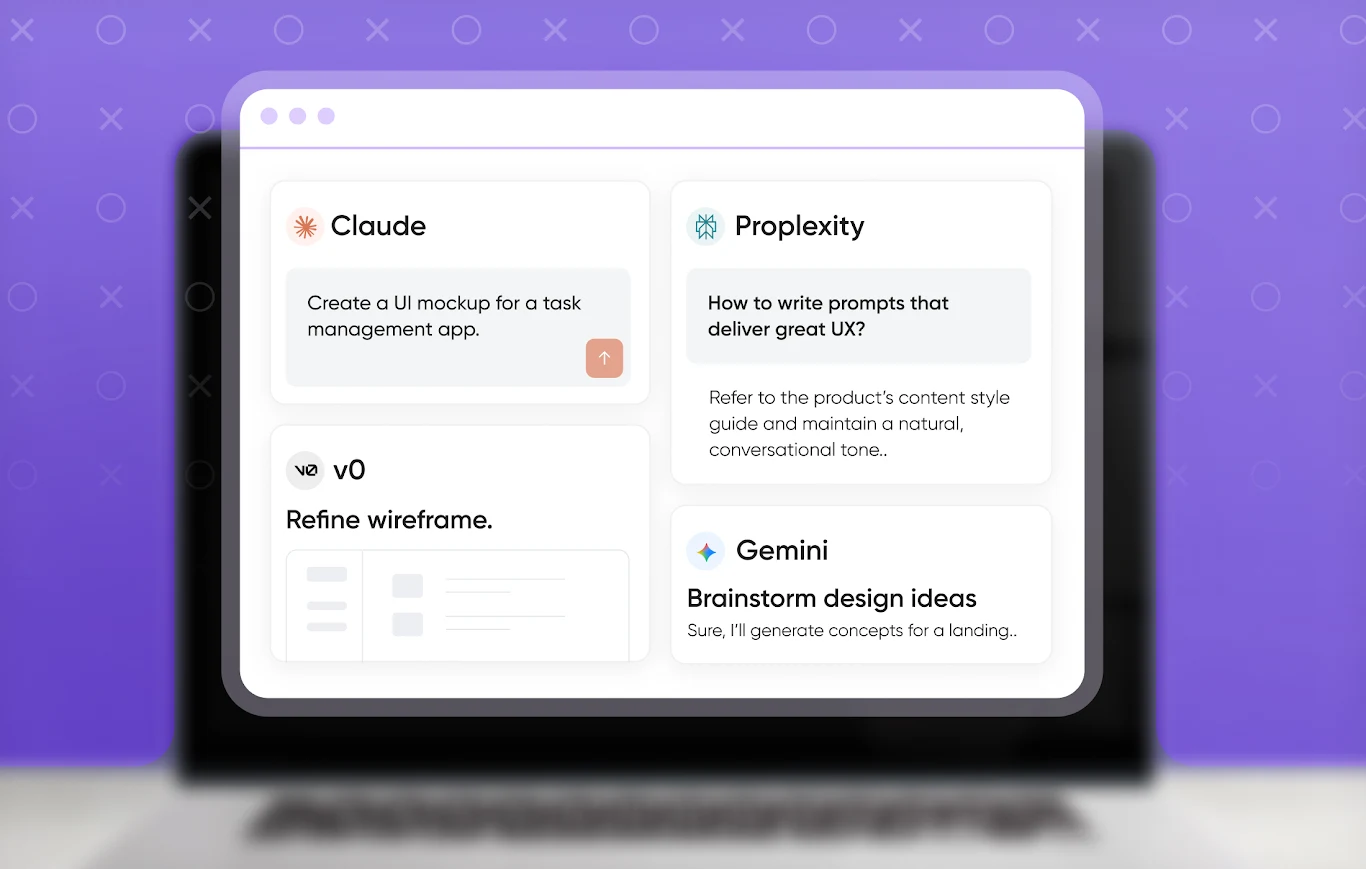Design in 2026 is infrastructure, and the way you staff design can accelerate (or derail) your entire business strategy. Yet most leaders still pick a model based on the line item that looks cheapest: a salary, an invoice, or an hourly rate.
The problem is that the “cheap” number rarely reflects the true cost of ownership. Once you factor in overhead, scalability, and strategic value, the math flips fast. Suddenly, the model that looked expensive on paper turns out to be the smartest investment.
Let’s break down the true costs (financial, operational, and strategic) of each model: in-house, freelance, and design agency.





